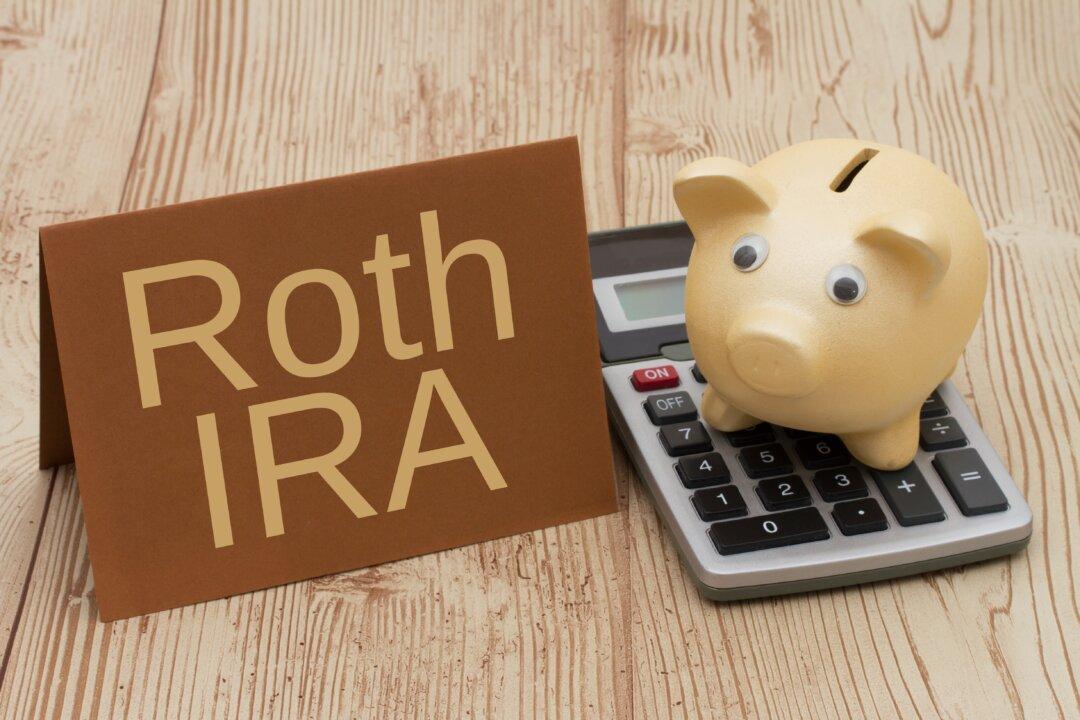Don’t tell my wife. But me and Roth IRA Investments—we got a thing going on. After all, it’s the greatest wealth-building tool.
Roth IRAs offer one of the best ways to invest for retirement, and many experts even consider them the best retirement account. This is because you can grow your Roth IRA money tax-free for decades and then withdraw it tax-free in retirement. In other words, the government will never touch your nest egg.






